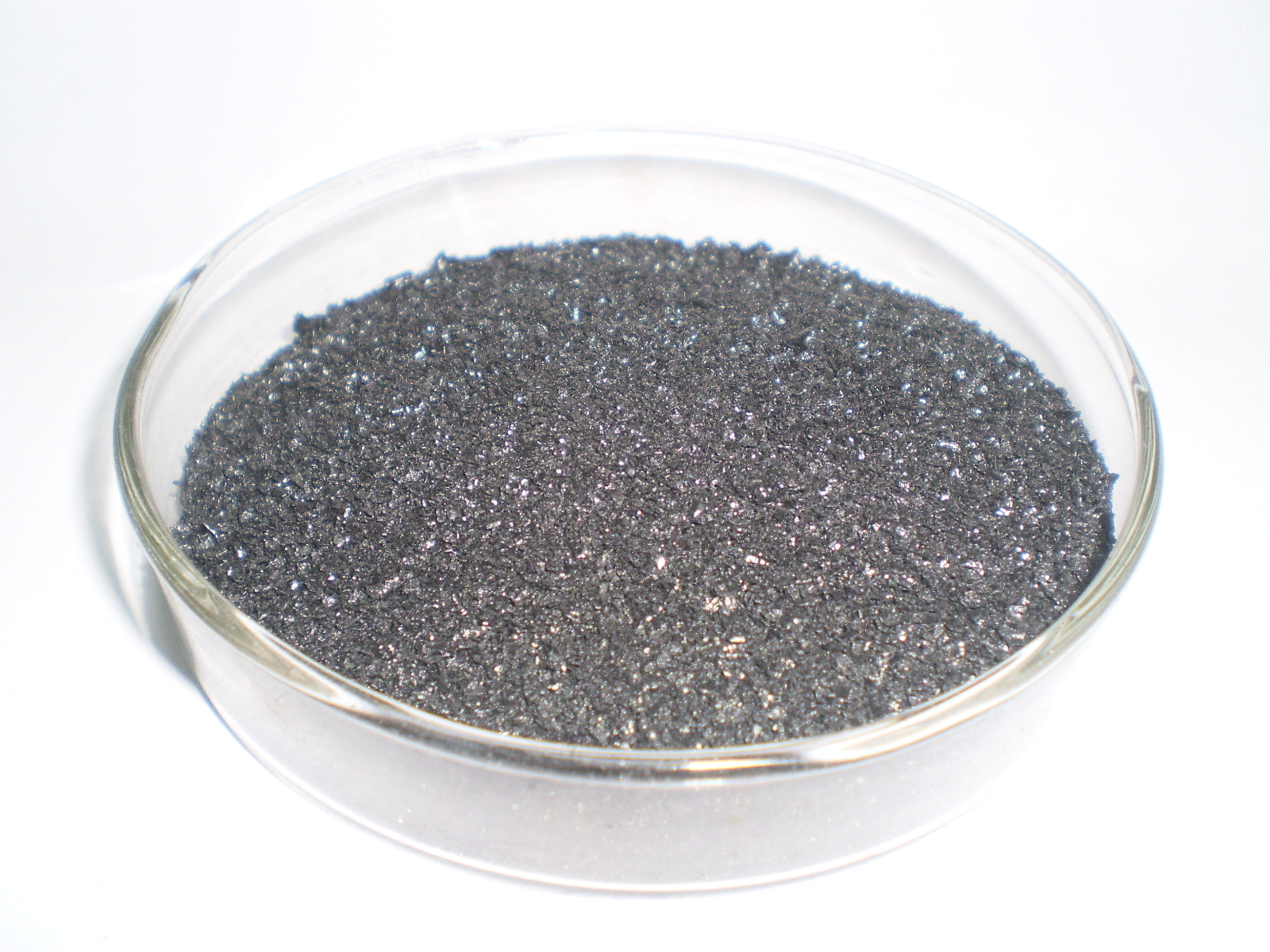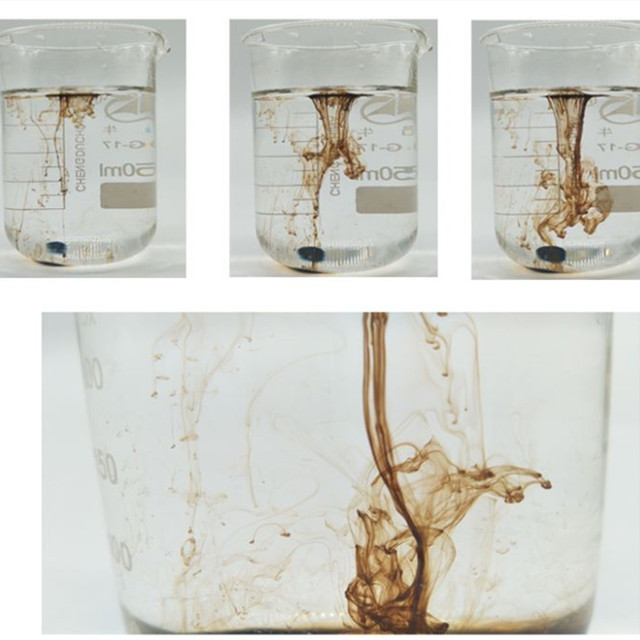Humic acid is a principal component of humic substances, which are the major organic constituents of soil (humus), peat, coal, many upland streams, dystrophic lakes, and ocean water.
It is produced by biodegradation of dead organic matter. It is not a single acid; rather, it is a complex mixture of many different acids containing carboxyl and phenolate groups so that the mixture behaves functionally as a dibasic acid or, occasionally, as a tribasic acid. Humic acids can form complexes with ions that are commonly found in the environment creating humic colloids. Humic and fulvic acids (fulvic acids are humic acids of lower molecular weight and higher oxygen content than other humic acids)are commonly used as a soil supplement in agriculture, and less commonly as a human nutritional supplement. As a nutrition supplement, free form (unreacted)
Fulvic acid is found in a liquid form along with mineral colloids。 Fulvic acids are poly-electrolytes and are unique colloids that diffuse easily through membranes whereas all other colloids do not. Fulvic acid supplements consisting of a neutral pH are very weak fulvic compounds and do not deliver the benefits of free form fulvic acid (fulvic acid that remains unreacted with other substances or unboundto minerals) that exhibits a much higher concentration and lower pH[citation needed]. Fulvic acid branded as “ionic” is not free form fulvic acid, more accurately they are fulvic compounds or fulvate salts. According to the International Humic Substances Society all fulvic acids are colloids.



